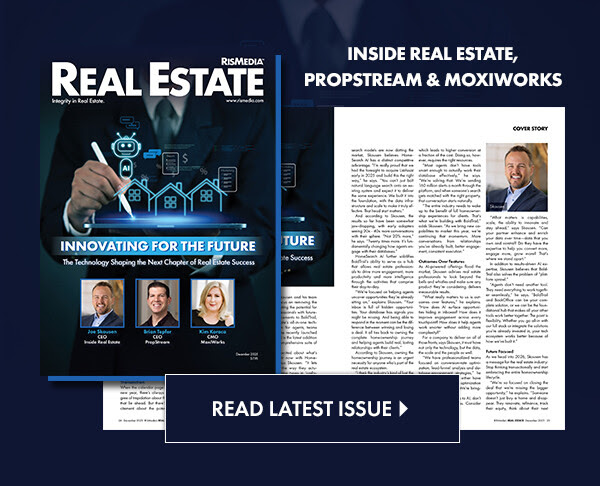At the latest Federal Open Market Committee (FOMC) meeting on July 30, the Federal Reserve board of governors voted to maintain the 4.25% – 4.5% percent. Interest rates were last cut in December 2024.
Voting against the decision to maintain rates were Fed Governors Michelle W. Bowman and Christoper J. Waller. Fed Governor Adriana D. Kugler was absent and did not vote.
This marks the first dual dissent since December 1993.
Touching on the dissent, Federal Reserve Chair Jerome Powell said the discussion around policy—the majority view—was that policy should be a little bit restrictive.
“Two of our members felt that the time had come to cut (rates)…for the reasons that they’re going to express…in the next day or so,” he said. “What you hope is that people explain their positions very thoughtfully and clearly, and we absolutely had that today, all the way across the table. I would call it one of the better meetings I can recall, from that standpoint.”
Asked about a September rate cut, Powell said, during a press conference, that they have yet to make any decisions prior to September’s meeting.
“I don’t think we have a preset course. It’s not so mechanical as saying, ‘We’ve derived with great confidence the neutral rate and that is our destination,’ because really, we understand that nobody actually knows what the neutral rate is,” Powell explained. “We know it by its works, and that will be the way the economy reacts over time to a slightly looser policy.”
Touching on high mortgage rates and the housing shortage, Powell said that, although the Fed does not make decisions in the housing sector, the best thing the Fed can do for housing is to have 2% inflation and maximum employment.
Federal Housing Finance Agency (FHFA) Director Bill Pulte immediately fired back on an X post.
“Jerome Powell, again, lies to the American people,” he wrote. “This time, saying that the Fed has nothing to do with housing. The Fed has EVERYTHING to do with housing.”
Tariffs are only just starting to show up for consumers, so we still need to watch and learn, Powell said.
“In the end, this will not turn out to be inflation because we’ll make sure that it’s not. Through our tools, we’ll make sure that this does not move from being a one-time price increase to serious inflation,” he said. “We want to do that efficiently though…if you move too soon, you wind up maybe not getting inflation all the way fixed and you have to come back—that’s inefficient. If you move too late, you might do unnecessary damage to the labor markets.”
Two weeks ago, during a speech at New York University, Governor Waller teased his decision, claiming he would vote to cut rates by 25 basis points.
Addressing concerns about tariffs, Waller called them “one-off increases” that don’t cause inflation “beyond a temporary surge.”
“Standard central banking practice is to ‘look through’ such price-level effects as long as inflation expectations are anchored, which they are,” Waller said. “A host of data argues that monetary policy should be close to neutral, not restrictive.”
“In the absence of an unanchoring of inflation expectations and an acceleration of wage growth, which we have not seen, tariffs won’t and can’t permanently increase the inflation rate,” said Waller. “What does this mean for monetary policy? Research shows that central bankers should—and, in fact, do—look through price-level shocks to avoid needlessly tightening policy in times like these and damaging the economy.”
Just last week, Pulte changed course from his recent attacks of the Fed Chair and posted on X that he remained “optimistic” about Powell doing “the right thing.”
Realtor.com® Chief Economist Danielle Hale released the following statement following the policy rate update.
“Mortgage rates are expected to eventually move lower later this year, dropping to 6.4% by the end of 2025,” Hale said. “Fed rate cuts, which are expected later this year, in a steadier policy environment should help mortgage rates fall, relieving some of the strain on homebuyers.”












